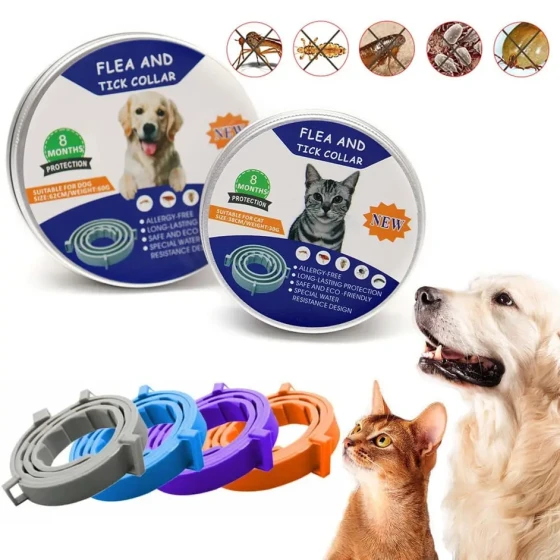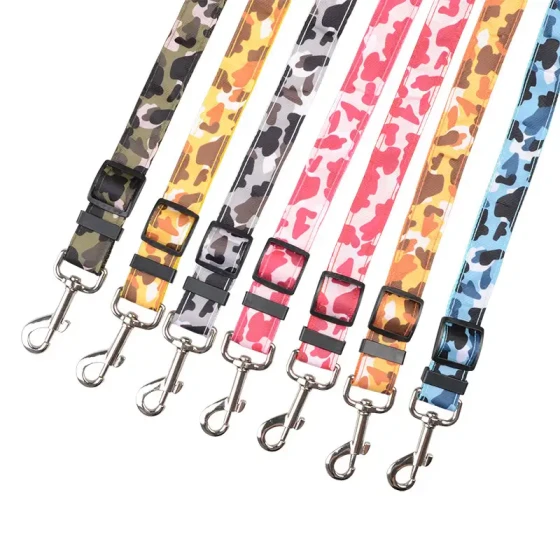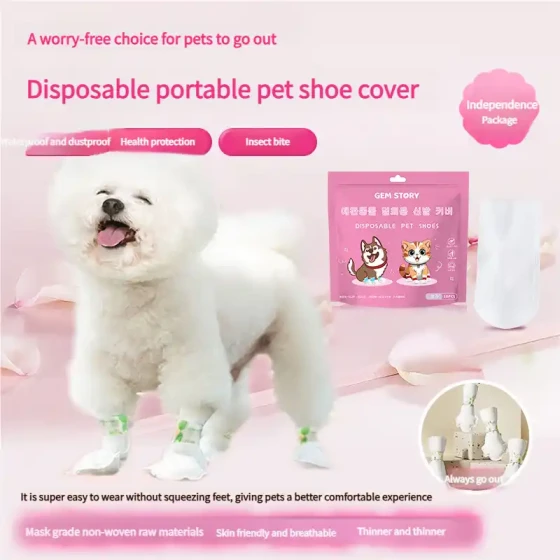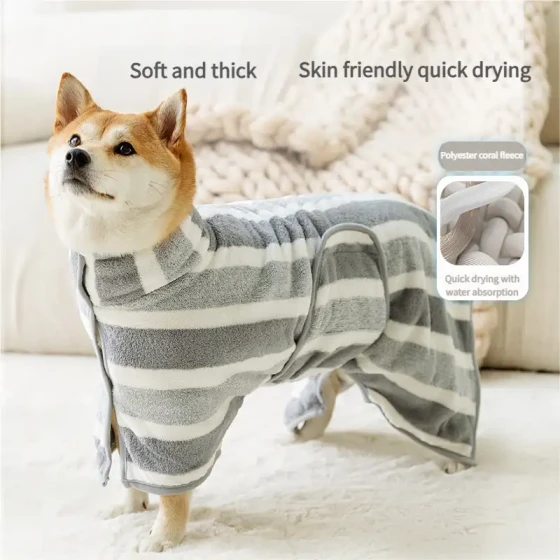What Tools Should Be Used to Train a Husky?

First-time Husky owners generally choose collars and leashes based on their favorite colors or styles. However, to achieve the intended training goals, these items should be selected according to the Husky's personality and neck size.
Here is a simple introduction to several commonly used collars and leashes.
Chain collar: chain-like metal product. A sharp pull on one end can exert some pressure on the Husky’s neck. However, be careful; pulling for a long time can injure the neck. It is suitable for lively and active Huskies. Iron collar has the same training effect as the chain collar. It is suitable for Huskies when the owner is relatively stronger than the Husky or for Huskies with a gentle temperament.
Gentle leader: This is a muzzle-like harness worn over the Husky’s snout to control its movements. It is more complex to use, so please consult experts. It can be used to correct willful Huskies or those with many bad habits.
Prong collar: A collar with sharp spikes; when the Husky pulls hard on the leash, the spikes insert into the neck causing pain. Suitable for correcting bad habits. Compared to commonly used leather collars, this type better controls the timing of training.
Body harness (leather products worn on the Husky’s body) is not suitable for training.
Leash: Dog leashes on the market are generally made of fabric or plastic and are not very long. A leash about 2 meters in length is more suitable for training. Generally, the leash is pulled sharply once to stop the Husky from doing something wrong, while keeping it loose when the Husky is behaving well. The rest of the leash is held at the owner's waist, so the Husky can be promptly restrained in any situation.
This length is most effective for training commands like "stop" and "come." As training difficulty increases, the leash length needs to increase, generally to 3 to 4 meters.



-560x560.webp)

